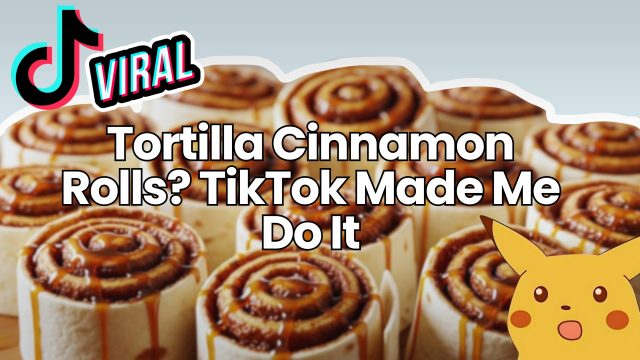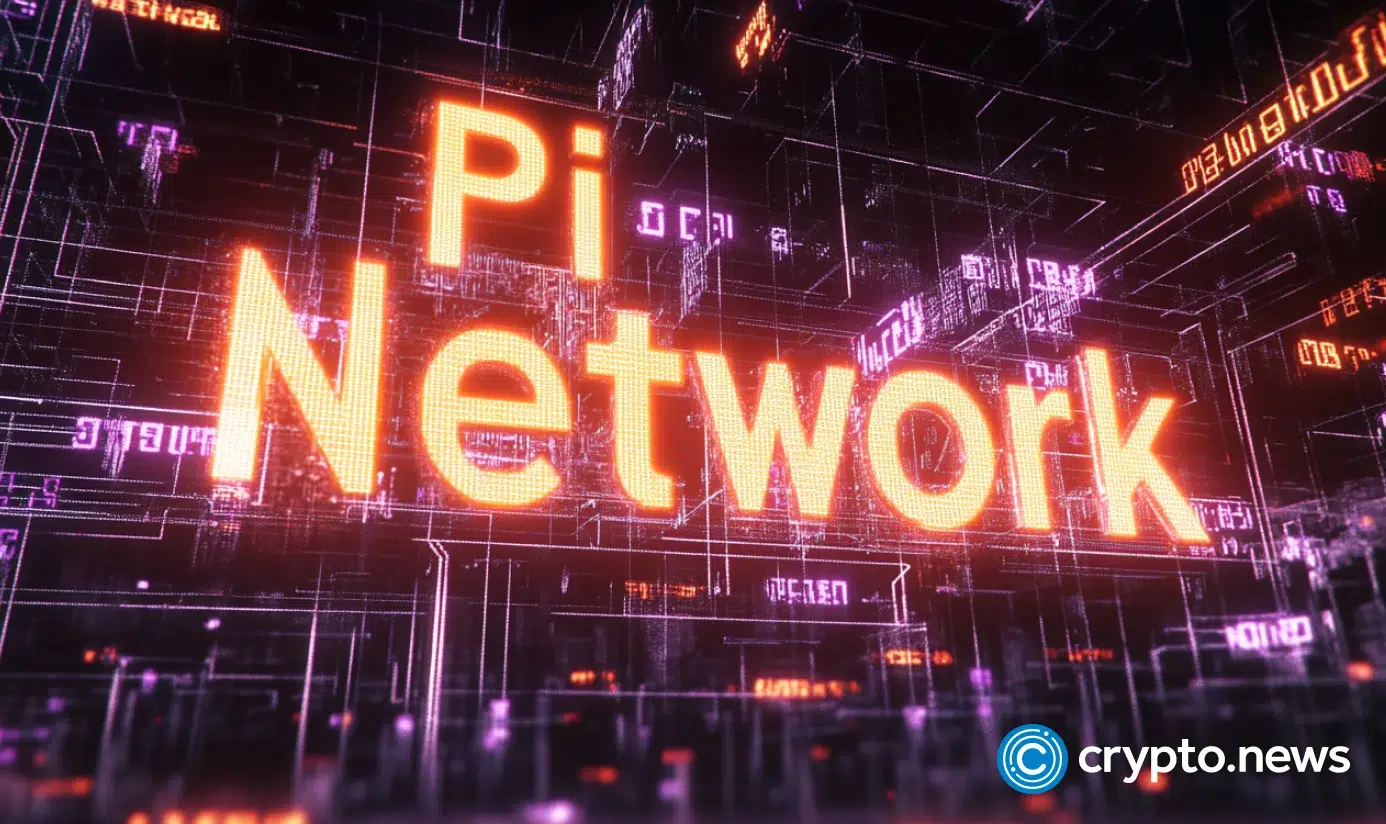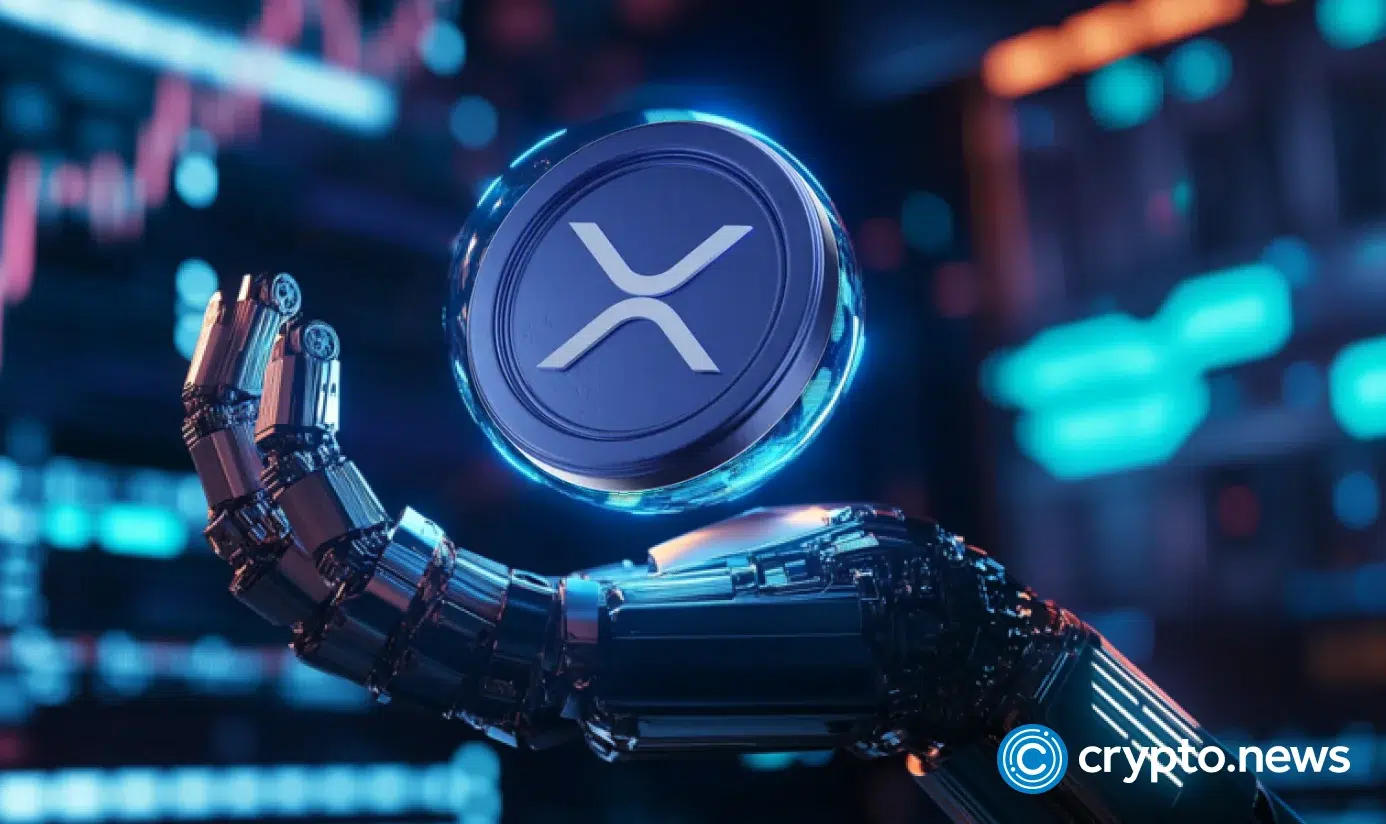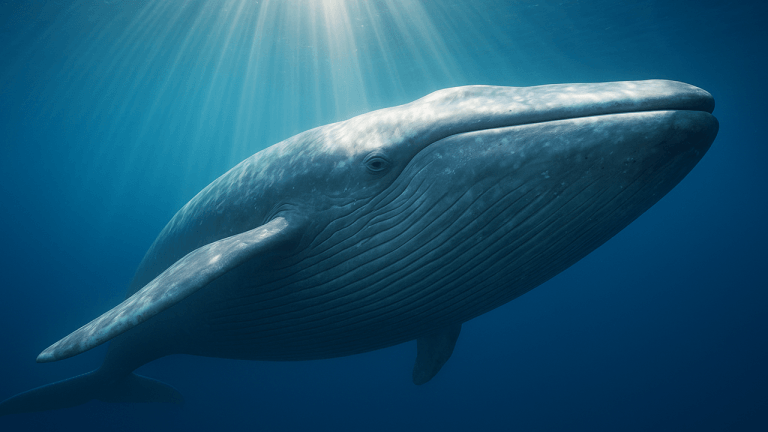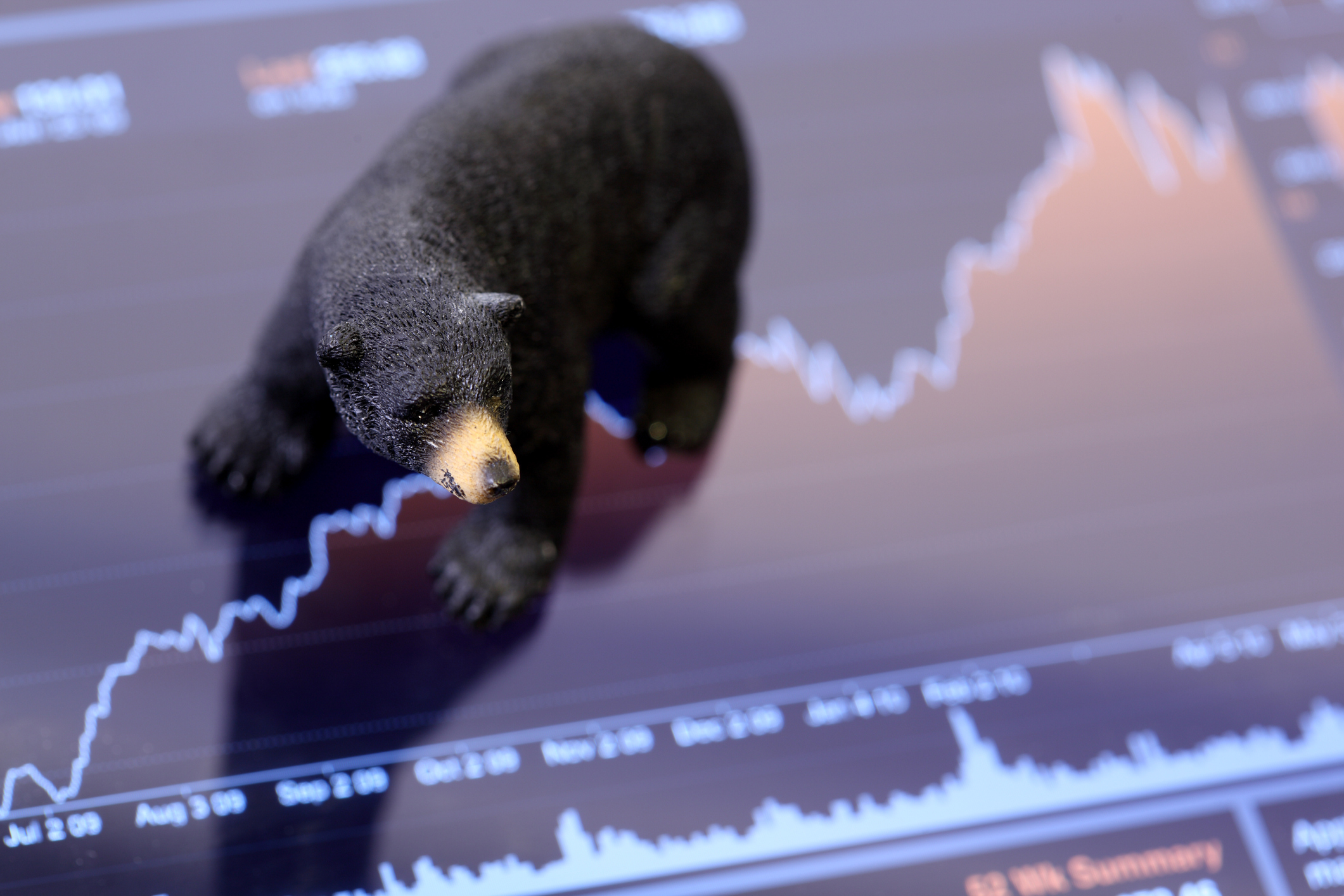Why Coca-Cola is betting big on AI over Web3 tech
Coca-Cola’s Pratik Thakar advised attendees of Ad Age’s Web3 Marketing Summit to invest in AI over Web3 technologies.

Unlike the swift hype cycle surrounding virtual worlds and digital collectibles, AI is positioned to have enduring impacts on the marketing landscape, according to Pratik Thakar, global head of creative strategy and integrated content at Coca-Cola.
With the initial burst of excitement from brands around technologies such as NFTs and the metaverse fizzling out, it has seemed artificial intelligence has taken its place as the latest marketing buzzword.
During Ad Age’s Web3 Marketing Summit last week, Thakar shared an overview of how Coca-Cola is already leveraging AI in its marketing—and why the company is prioritizing AI tools over Web3 technologies.
Also read: How AI and Web3 marketing will compete for ad dollars
“AI is going to be more fundamental [than Web3 technologies],” he told event attendees. “The OpenAI platform is very practical. I can use it every day. [But] I’m not going to buy crypto everyday. Or, I’m not going to spend a few hours every day on Roblox or any particular metaverse platform.”
Coca-Cola entered into a deal earlier this year with management consulting firm Bain & Company and OpenAI, the company that created the AI technologies DALL-E and ChatGPT, to “enhance the creativity of [its] marketing department,” Coca-Cola Co. CEO James Quincey said at the time of the announcement. And just weeks afterward, Coca-Cola launched an AI-centric campaign using the latest versions of DALL-E and ChatGPT.
The campaign, titled “Create Real Magic,” gave consumers access to a library of hundreds of the company’s visual assets—including the Coca-Cola logo and various bottle and can designs—and invited them to use these assets to create AI-generated artwork. In under two weeks, people had created 120,000 different images through the campaign website, with consumers—many of whom skewed younger—spending an average of seven minutes on the platform, Thakar said.
Read more: Coke wants fans to use ChatGPT and DALL-E
“That's a huge engagement level, the young generation spending that much time on your brand, creating artwork and submitting to you. And that becomes part of your marketing,” he said. This audience is not just consuming [AI] as typical, traditional media, but they’re using it and creating and generating stuff out of that.”
“That’s what was fascinating, because once we [get involved in] that, we’re engaging consumers and basically using the pop culture value of this brand,” he added.
With the “Create Real Magic” campaign, Coca-Cola also tapped into the AI artist niche of the creator economy by partnering with artists such as Emma Sofija and Chris Branch. The company also selected several pieces of AI artwork submitted by consumers to be displayed on digital billboards in Times Square and in Piccadilly Circus in London. Even when centering a campaign around innovative new technologies, it’s crucial for brands to connect them to existing marketing strategies such as out-of-home displays or influencer partnerships, Thakar said.
Many brands made the mistake of isolating their metaverse activations or NFT drops from the rest of the brand’s marketing mediums or overarching strategies, instead simply deploying these campaigns for the sake of appearing “innovative,” Thakar said. This approach to integrating technologies such as AI into a brand’s marketing is not going to strengthen brand equity or attract new consumers, he said.
Thakar advised any brand considering incorporating emerging technology into their marketing to choose AI over more situational technologies such as the metaverse or NFTs. However, he acknowledged the metaverse can be valuable for brands interested in offering consumers an immersive experience or creating an online community. Last year, Coca-Cola teamed up with the video game Fortnite to launch a “pixel-flavored” soda flavor, Zero Sugar Byte, as part of an overarching push to attract Gen Z consumers.
Coca-Cola has done quite a bit with NFTs in an effort to connect with both existing collectors of physical Coca-Cola products and digital collectors who are fans of the brand, Thakar said.
“I always say that good brands have loyal consumers; iconic brands have community,” he said. “You’ll always, in any city you go [to], find Coke collectors, whether they collect our bottles or cans or signage or vintage vending machines. And now, there is a huge opportunity for us to have a community in the virtual world and with virtual collectors.”
However, Thakar is more optimistic about the potential impacts of AI on brands than he is about the metaverse, as AI has far more practical applications than the entertainment-oriented metaverse, he said. And unlike the metaverse, which is still largely a developing concept and has encountered many stumbling blocks, AI tools such as DALL-E and ChatGPT are already functional, he said.
“[AI] isn’t just a promise for the future,” Thakar said. “It’s available right now.”

 MikeTyes
MikeTyes 














